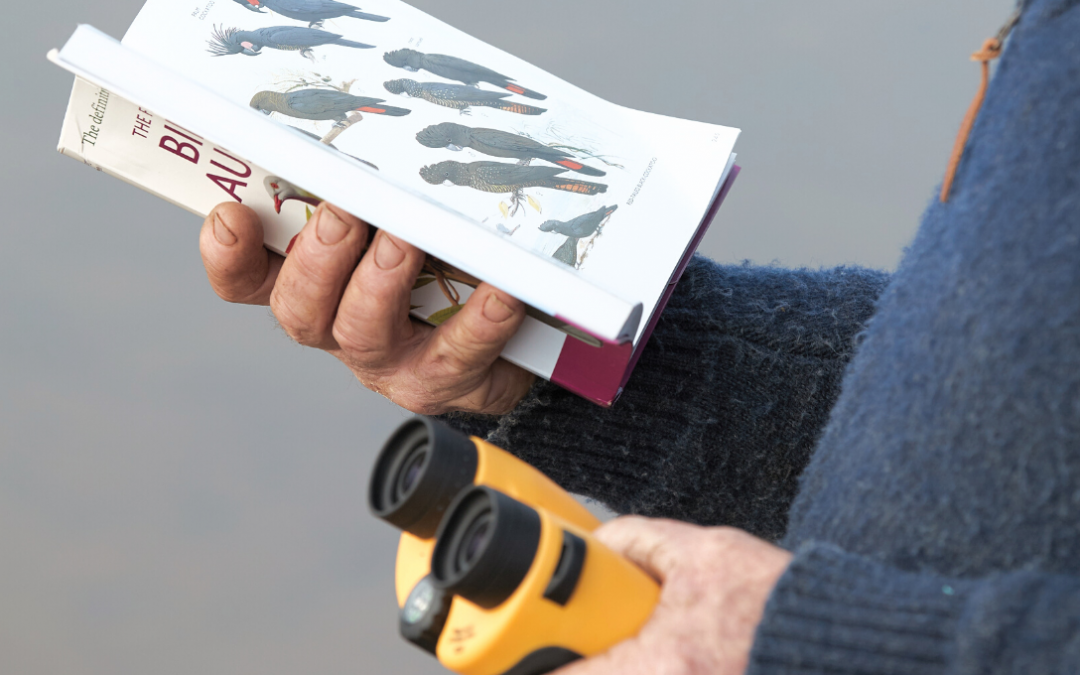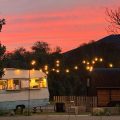There are so many beautiful bird species to spot and observe in their natural environment. In fact, Australia lays claim to over 800 different species, 250 of which have been spotted in the Southern Grampians! So, grab those binoculars and pop on your walking boots because we have the six top spots for bird watching in Greater Hamilton.
Walker Swamp
A recovering wetland, Walker Swamp welcomes you and returning birdlife to its pristine locale. Situated on the traditional lands of the Djab Wurrung people and framed by the Grampians (Gariwerd) National Park, Walker Swamp offers a towering observation tower and bird hide for your viewing pleasure.
Expect to spot – Brolgas, Black-winged Stilt, Pacific Black Duck, Grey Teal, Black Swan, White-faced Heron, Australian Shelduck and Masked Lapwing.
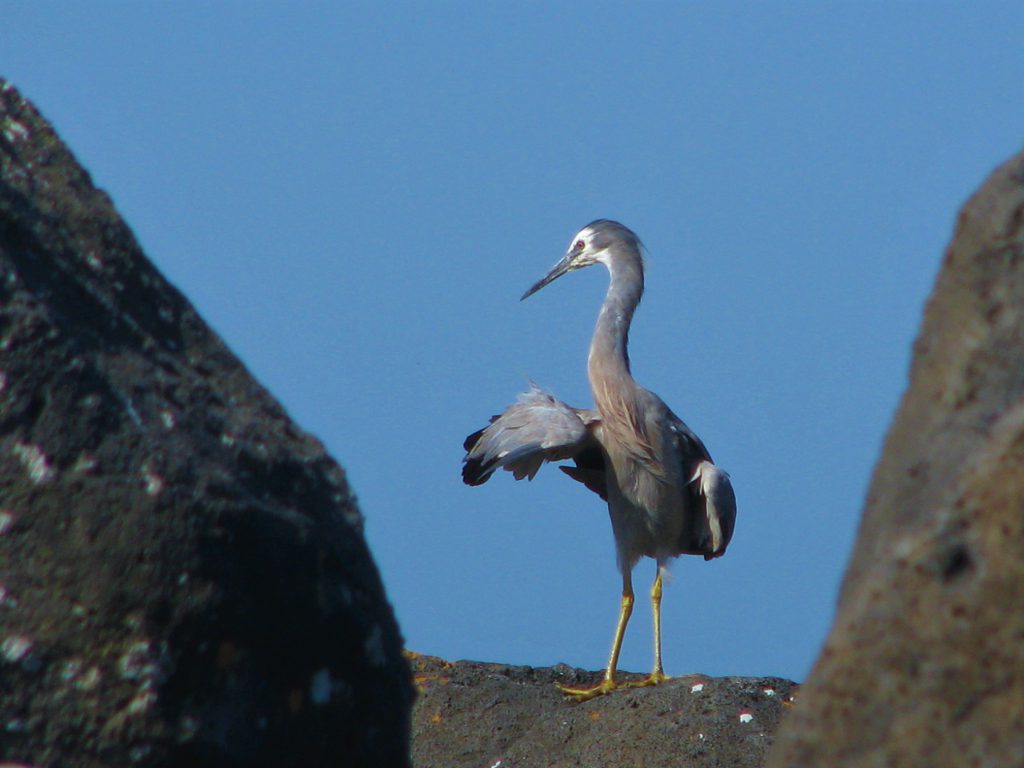
Image: White-faced Heron
Yatmerone Reserve (Hutton’s Dam)
As one of very few deep freshwater marsh wetlands in the area, Yatmerone is spring fed and provides a home and summer refuge for local flora and fauna, especially wetland birds. With over 30 species being recorded, the 13-hectare wildlife reserve is a popular place for birds, wildlife and their observers. With an incredibly camouflaged, on-site bird hide, Yatmerone Reserve is the perfect place for sighting and shadowing birds.
Expect to spot – Pacific Black Ducks, Cattle Egrets, Purple Swamp Hens, Swamp Harriers, Brolgas, Black Swans, Latham’s Snipes, Blue winged Shovelers, Yellow-tailed Black Cockatoos, Whistling Kites, White Fronted Chats, Magpie Geese, Nankeen Night Herons, Coots and Grey Teals.
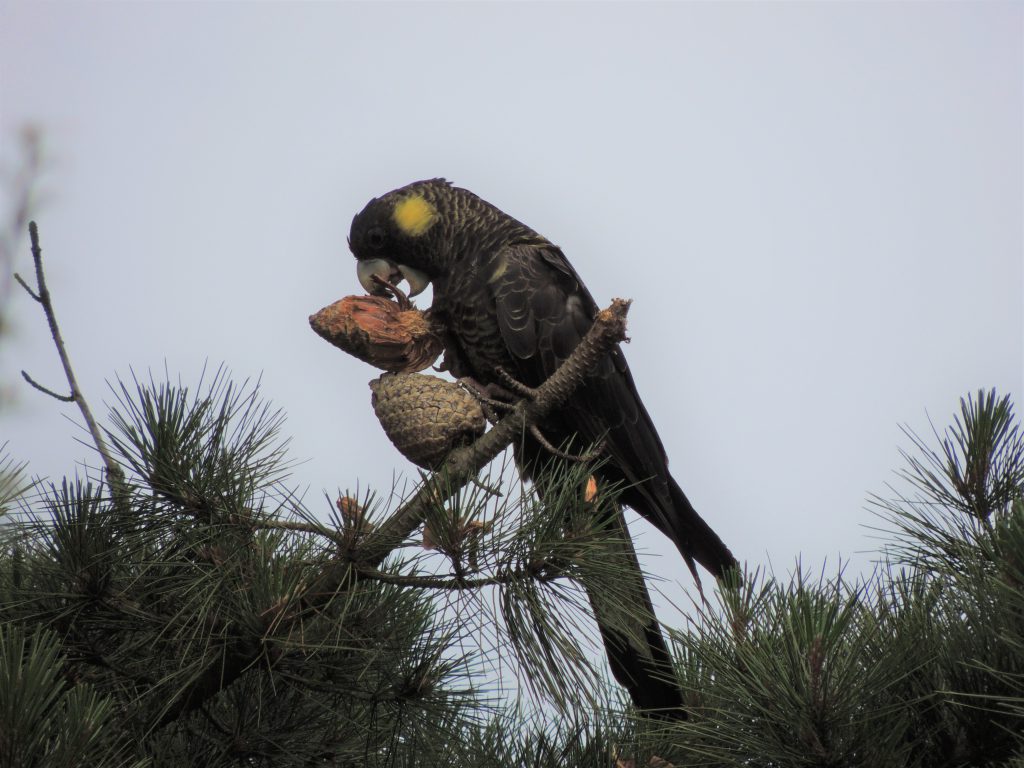
Image: Yellow-tailed Black Cockatoo
Lake Linlithgow
A unique and valuable habitat of the western district, Lake Linlithgow (and nearby Lake Bullrush) spread across a sweeping 1400-hectares. Encompassing a number of volcanic lakes formed by the moulding and weathering of basalt lava flows, Lake Linlithgow is a flourishing habitat for both migratory and non-migratory waterbirds.
Expect to spot – Great Crested Grebes, Great Cormorants, Pelicans, Royal Spoonbills, Banded Stilts, Black-fronted Dotterels, Red-necked Avocets, Black Swans, Australian Shelducks, Australian Shovelers, Pacific Black Ducks, Gray Teals, Pink-eared Ducks, Musk Ducks, Hoary-headed Grebes, Eurasian Coots, Pied Stilts, Masked Lapwings, Silver Gulls, Black Tailed Native Hens, Whistling Kites and Brown Falcons.
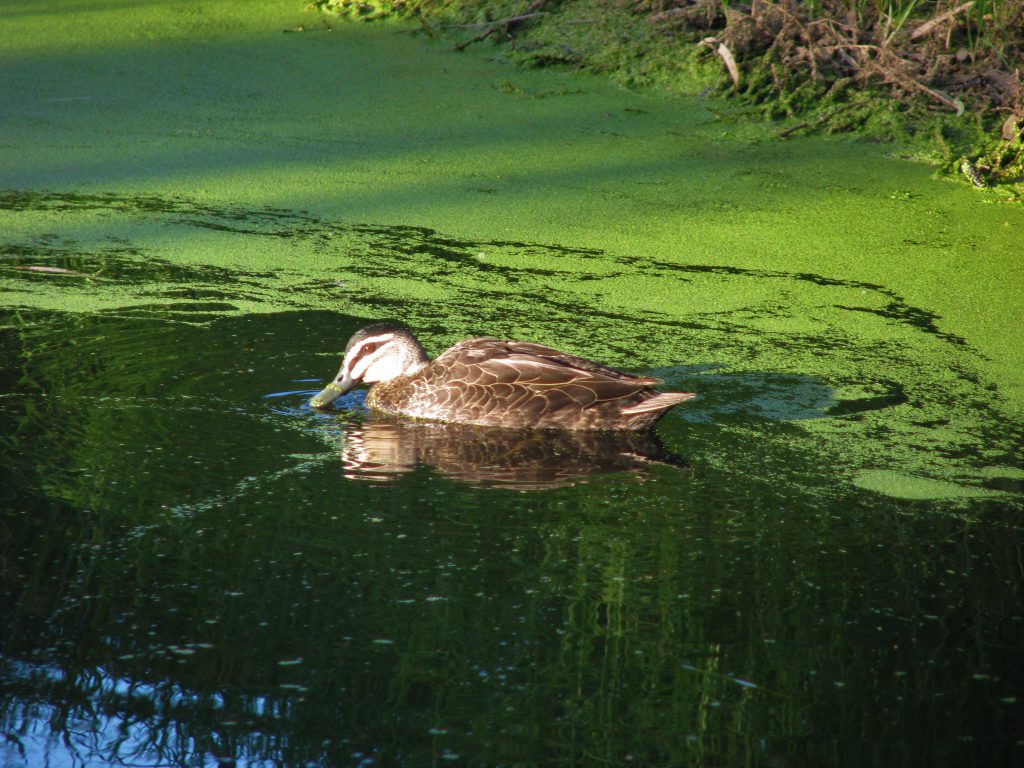
Image: Pacific Black Duck
Grange Burn Wetlands
With high environmental values and a central location, the Grange Burn Wetlands and walking track are home to a wealth of local flora and fauna. Existing walkways create passages through the parklands, unearthing the reserve from all angles so you can discover the captivating birdlife that call the wetlands home.
Expect to spot – Pardalotes, Lorikeets, Honey Eaters, Pelicans, Swans, Black-fronted Dotterels, Musk Ducks and Australian Shovelers, Fairy Martins, Horsfield’s Bronze-Cuckoos, Superb Fairywrens, Rufous Whistlers, Swamp Harriers, Mistletoebirds, Black Swans, Hardheads, Australasian Grebes, Galahs, Rainbow Lorikeets, Yellow-faced Honeyeaters, Brown Thornbills, Red-browed Firetails and Cattle Egrets.
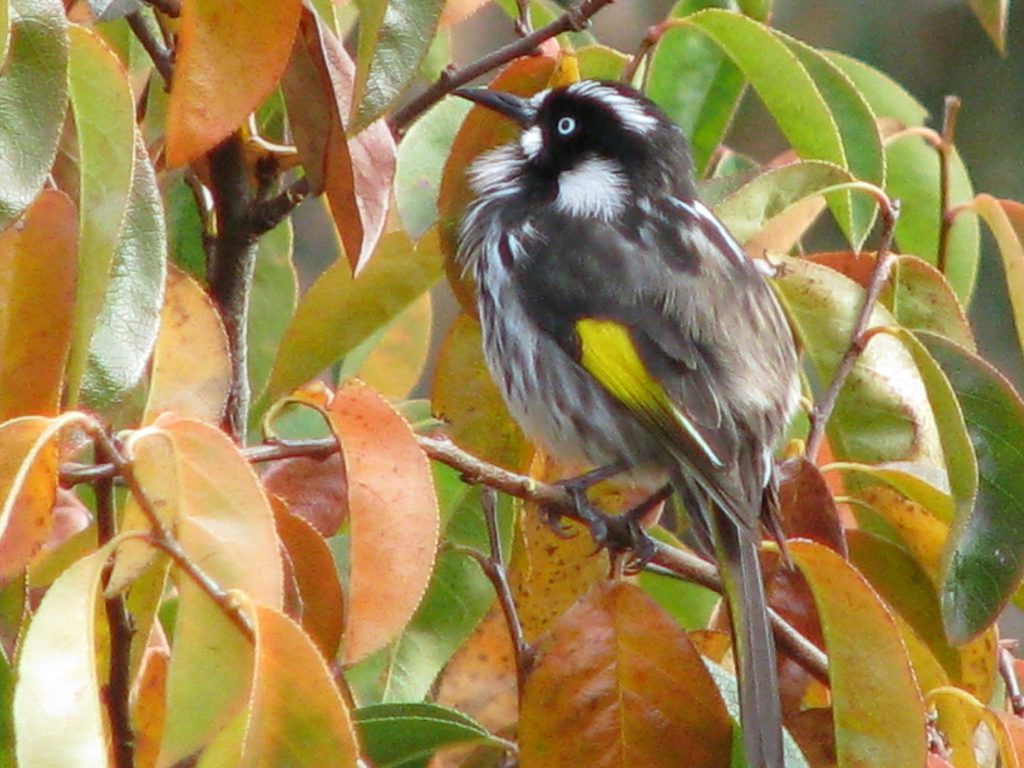
Image: New Holland Honeyeater
Rocklands Reservoir
Hugged by the Black Range State Forest (Burrunj), Rocklands Reservoir is an oasis for native birdlife, hosting bird species only found in the northern areas of the Southern Grampians (Gariwerd), both bush and aquatic birds. With numerous campgrounds scattered throughout the Reservoir, why not make a bird-watching weekend of it!
Expect to spot – White-browed Babblers, Bronzewings, Grey Currawongs, Yellow-tufted Honeyeaters, Striated & Spotted Pardalotes, Red-rumped Parrots, Pelicans, Great Egrets, Darters, Black-tailed Native-hens, Wedge-tailed Eagles and Australian Hobby and White-bellied Sea Eagles.
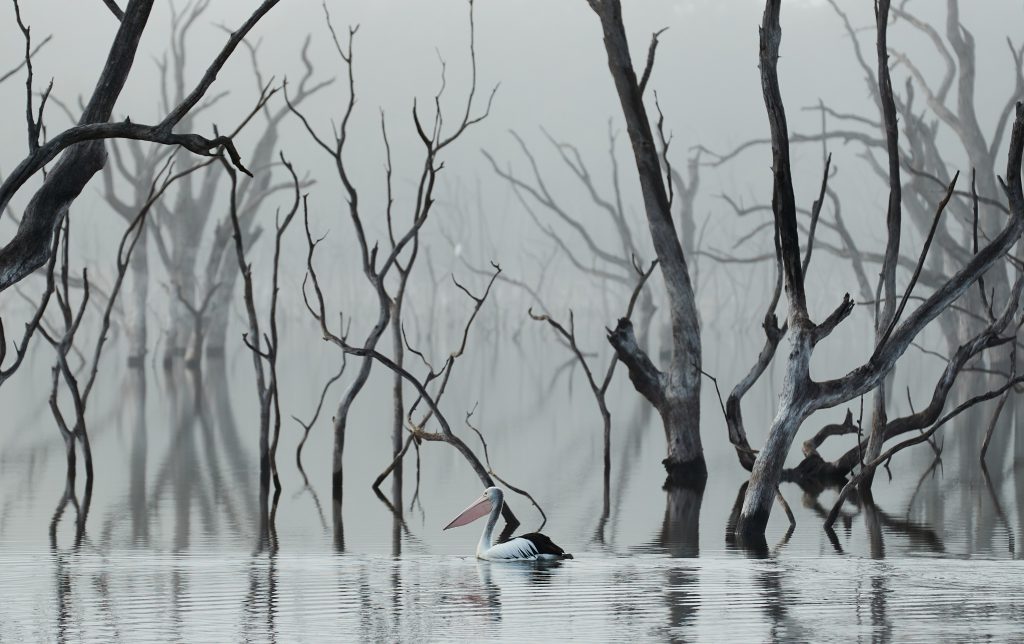
Image: Australian Pelican
Kongongwootong Reservoir
A well-kept secret amongst the locals, Konongwootong Reservoir is recognised for its indigenous heritage and is a popular site for fishing, walking, bird watching and various recreation activities. As a wholesome habitat to migratory birds, Konongwootong is located only 10 minutes from Coleraine and boasts an all-abilities walking track and picnic areas perfect for hours spent outdoors amongst the birds.
Expect to spot – Black Swans, Eurasian Coots, Australasian Swamphens, Little Pied Cormorants, Pacific Herons, White-faced Heron, Australian Ibis, Straw-necked Ibis, Yellow-billed Spoonbills, Crimson Rosellas, Superb Fairywrens, White-plumed Honeyeaters, Yellow-rumped Thornbills, Gray Shrikethrushs, Australian Magpies, Gray Fantails, Little Ravens, Forest Ravens, Golden-headed Cisticolas, Silvereyes, Great Crested Grebes and much more.
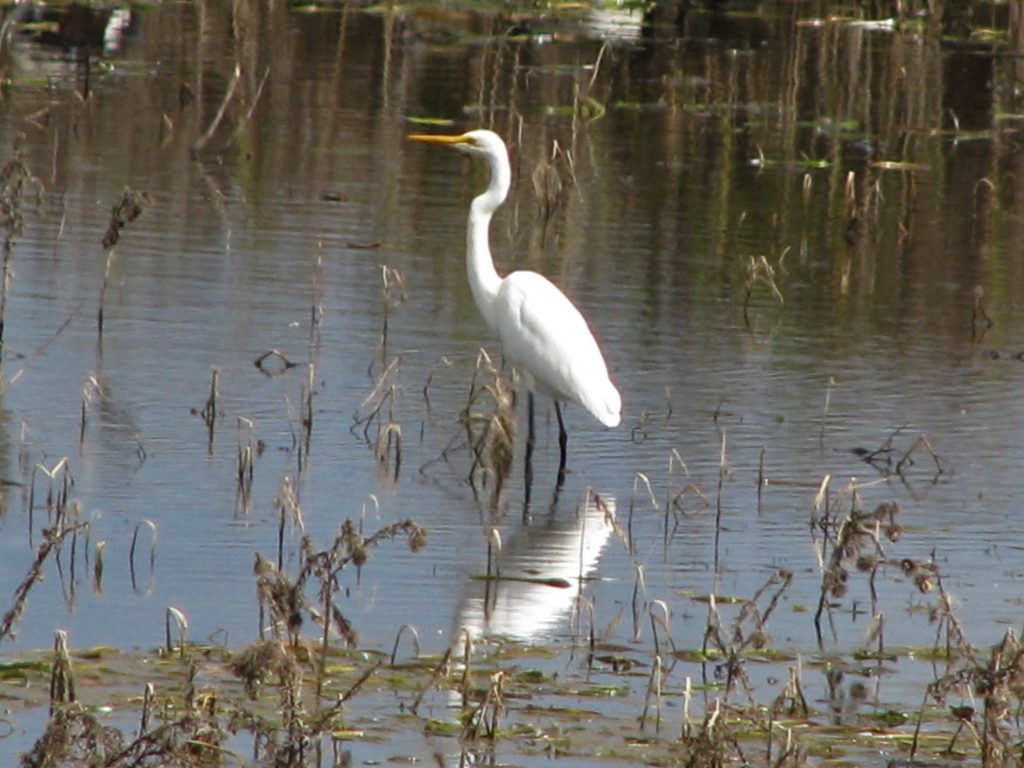
Image: Great Egret
If you have a passion for bird photography, please don’t forget to tag us (@visitgreaterhamilton) in your photos on Facebook and Instagram or use the hashtag #visitgreaterhamilton. And for the local lowdown and real-time information, speak to a local at the Hamilton & Grampians Visitor Information on 1800 807 056. Happy bird spotting and watching!



